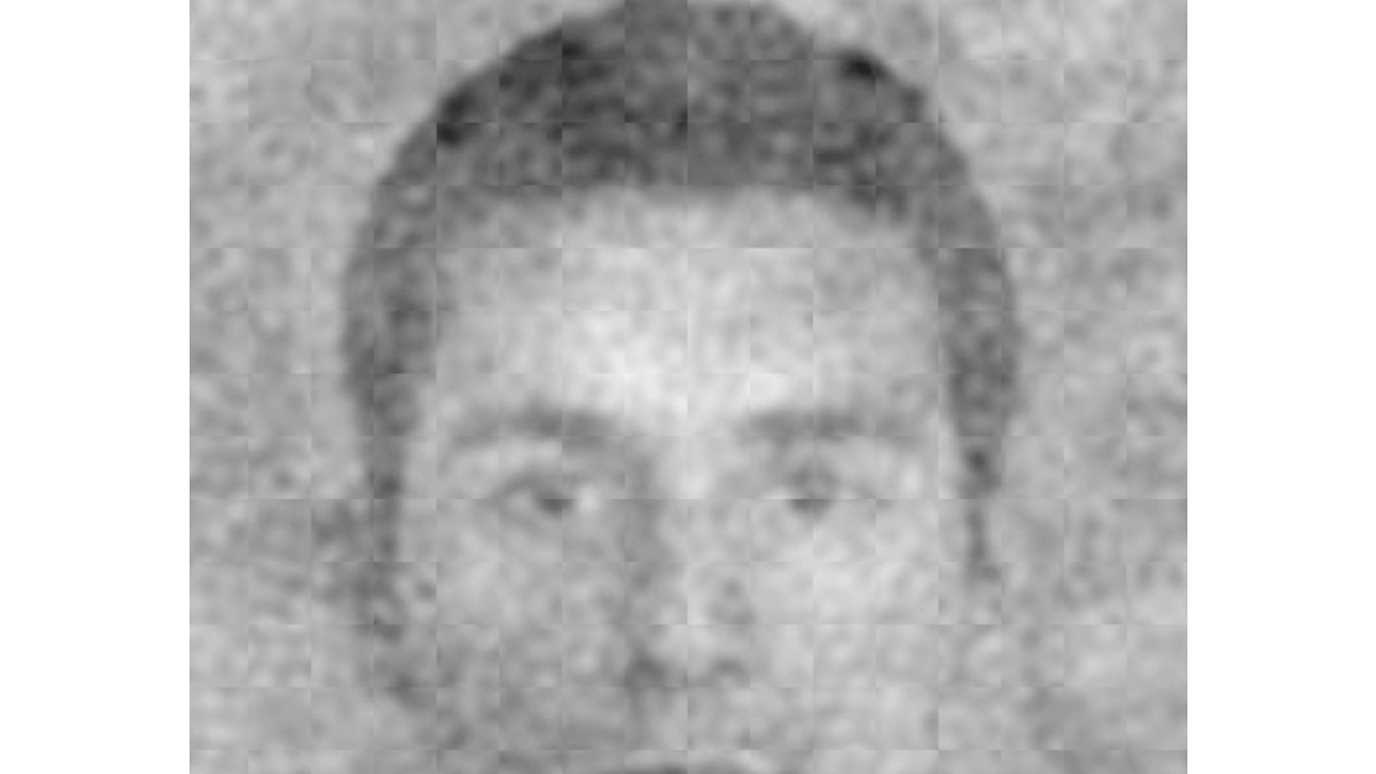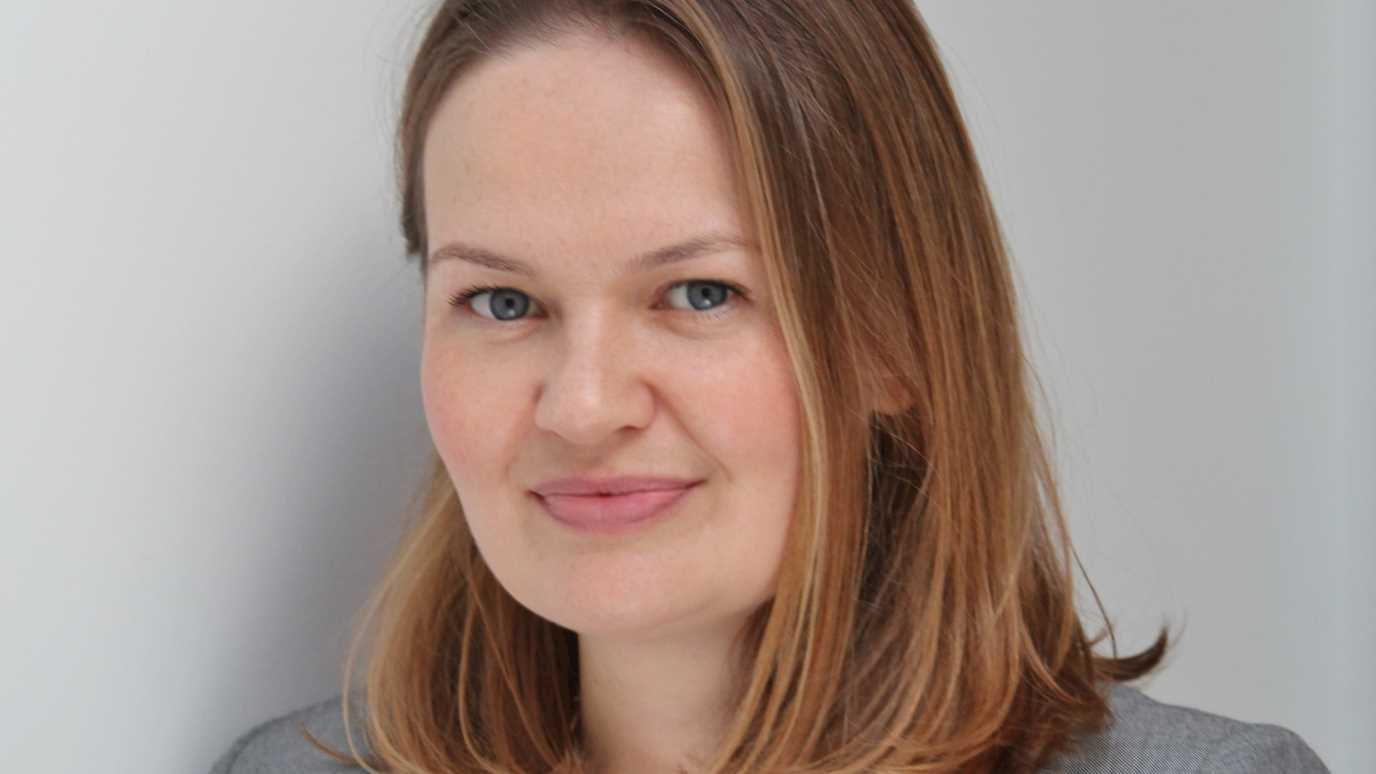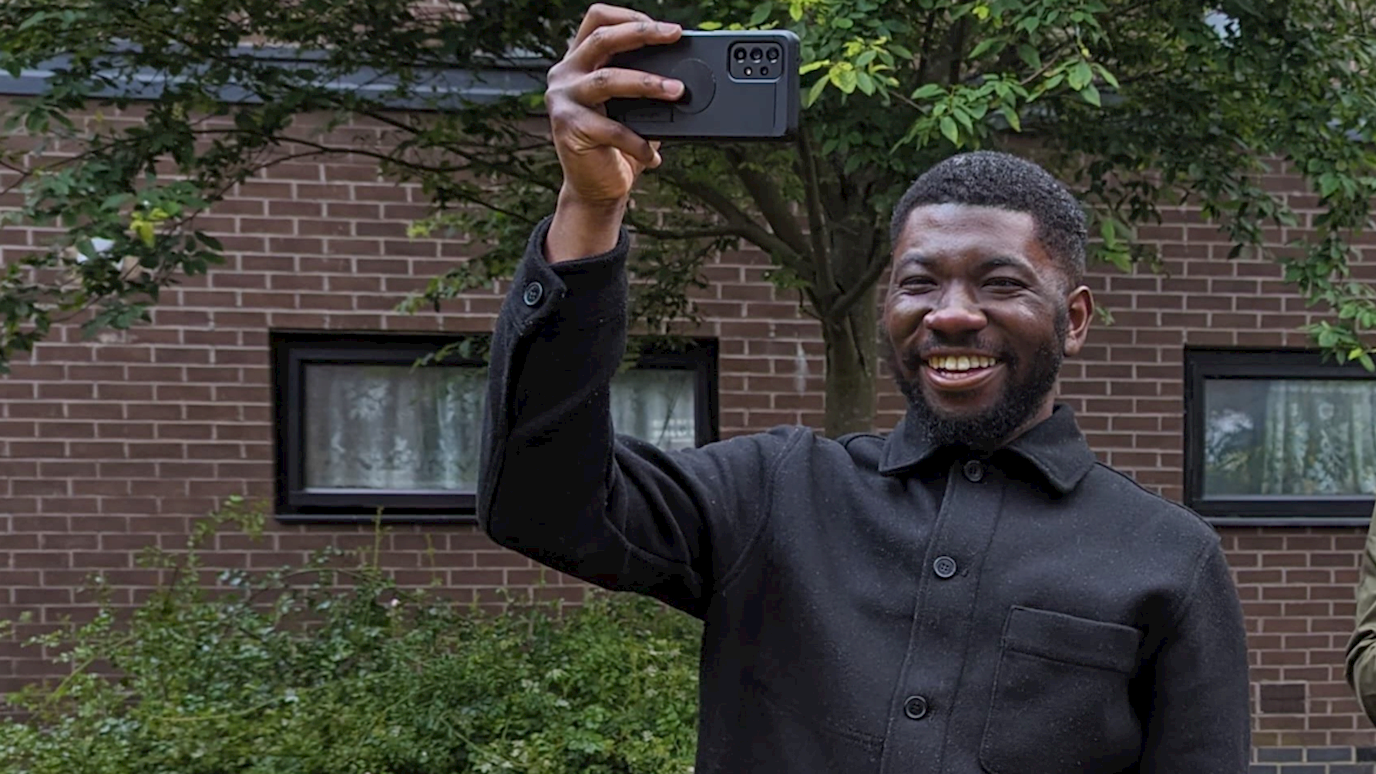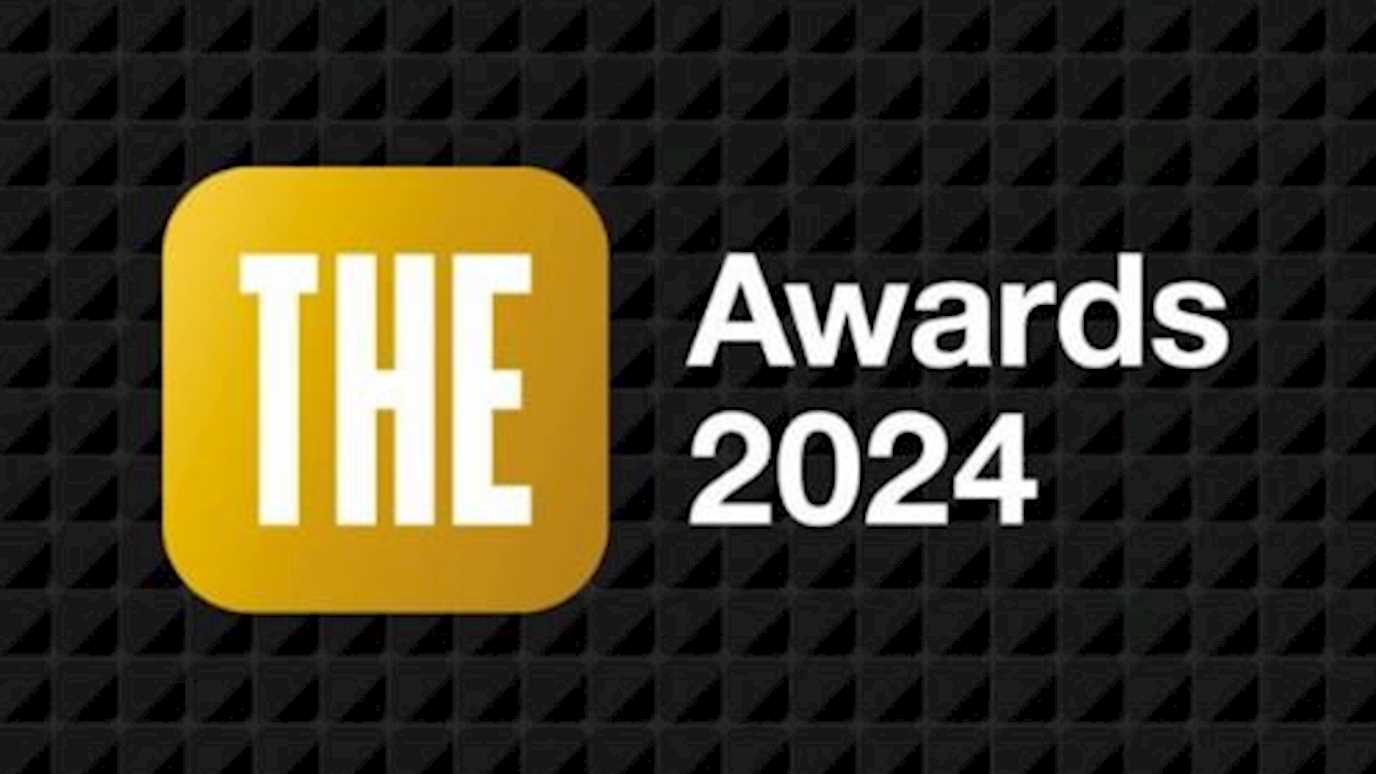Scientists show that our ‘mental selfies’ can be affected by our beliefs about our personalities and our self-esteem

Professor Manos Tsakiris from the Department of Psychology 'mental selfie'
Never has there been a time when we were so obsessed with appearance than our current ‘selfie’ age. Many argue that the obsession with selfies and manipulation of images may turn some of us into narcissists, while others may experience greater body image dissatisfaction. But how do we actually see ourselves in our mind’s eye?
Psychologists at Royal Holloway, Birkbeck and Bangor University are the first to develop a method of visualising these mental ‘self-portraits’ we hold in our minds. They explored how far these internal images may deviate from what others see, and demonstrated how they can be affected by our beliefs about our personalities and our self-esteem.
The paper published in Psychological Science, demonstrates not only how the research team devised a way to access other people’s mental image of themselves, but also, for the first time, to compare that image against reality, and explore how that image may be affected by their beliefs about their own character traits.
In the team’s research, the participants’ mental images of their own faces were reconstructed using a computer-based technique that has been employed in the past to help psychologists visualise how we mentally see things. To create a mental selfie, participants see two random faces and each time they must choose the one that looks more like their own face, a process repeated several hundred times. At the end, the researchers can average all the images that people thought looked more like themselves, and that allows them to visualise the participants’ ‘mental selfies’.
Intriguingly, the team found that people’s mental pictures of what they look like weren’t necessarily true-to-life, and rather were influenced by what kind of personalities they believed themselves to have.
Dr Lara Maister of the School of Psychology at Bangor University and lead author of the paper explains: “We asked participants to generate their own computer-generated ‘mental self-portrait’, and also to answer personality and self-esteem questionnaires to reveal what type of person they believe themselves to be. We found that their beliefs about themselves strongly affected how they pictured their own appearance. For example, if a person believed that they were an extravert, they pictured their own faces as looking more confident and sociable than they appeared to other people.”
Professor Manos Tsakiris, from the Department of Psychology at Royal Holloway, University of London and the Warburg Institute where this research was conducted, notes that: “When we see a new face, within a fraction of a second, we have formed an impression about that person, based on what we see. Independently of whether such impressions are correct or not, they colour our views about people’s personalities. In a similar but reversed way, we have now shown that our impressions of our own character affects how we see ourselves in our mind’s eye.”
In a second study, the team used the same approach to visualise people’s mental pictures of their own body shape. They found not only that people had unrealistic mental pictures of their own bodies, but that these mental pictures were strongly influenced by their attitudes towards themselves rather than their true appearance.
People who had very negative emotional attitudes towards their own appearance tended to picture themselves as having a much larger body than in reality.
Professor Matthew Longo, from Birkbeck University of London, who was also part of the research team, suggested: “The work will help us understand more about body image. We can now, for the first time, gain an insight into how other people imagine they look, in healthy people and in those suffering from body image disorders like body dysmorphic disorder.”
Adapting this method could give clinicians supporting people with body image disorders a new tool to measure whether therapies have been successful. Currently this is commonly assessed using questionnaires which evaluate whether the patient’s negative beliefs about themselves have changed. Developing such a tool could assess whether the individual’s mental picture of their appearance has also changed.
























